Carcere d'Invenzione
Carcere d'Invenzione is an original Modern Artwork realized by Giovan Battista Piranesi (Mogliano Veneto, 1720 - Rome, 1778).
Original Etching with Burin details on Laid paper. I state.
Inscripted in the center, in imitation of a carved epigraph: "INVENTIONS / CAPRIC OF PRISONS / ALL ACQVA FORTE / DATED IN LVCE / BY YOUNG PEOPLE / BOUCHARD IN / ROME MERCANTE / AL CORSO".
Print dimensions: mm 545 x 410; sheet dimensions: mm 635 x 494.
This beautiful Artwork belongs to the first edition 1749/50.
Not Signed.
In excellent conditions: as good as new.
Reference :
Hind, Arthur Mayer, Giovanni Battista Piranesi : a critical study with a list of his published works and detailed catalogues of the prisons and the views of Rome, London, Cotswold Gallery, 1922, 1. (ed. consultata London, Holland Press, 1967), p. 24, n. 1;
Focillon Henri , Giovanni Battista Piranesi , ediz. italiana a cura di Maurizio Calvesi e Augusta Monferini, Bologna, Alfa, 1967, p. 285, n. 24;
Robison Andrew, Piranesi. Early architectural fantasies. A Catalogue Raisonné of the Etchings , Washington, National Gallery of Art, 1986, n. 29/II;
Wilton-Ely John, Giovanni Battista Piranesi. The complete etchings , San Francisco, AlanWofsy, 1994, n. 26;
Ficacci Luigi, Piranesi. The complete etchings , Koln, Taschen, 2000 (ed. 2001), pp. 128-153.
Carcere d'Invenzione is an original Modern Artwork realized by Giovan Battista Piranesi (Mogliano Veneto, 1720 - Rome, 1778).
Original Etching with Burin details on Laid paper. I state.
Inscripted in the center, in imitation of a carved epigraph: "INVENTIONS / CAPRIC OF PRISONS / ALL ACQVA FORTE / DATED IN LVCE / BY YOUNG PEOPLE / BOUCHARD IN / ROME MERCANTE / AL CORSO".
Print dimensions: mm 545 x 410; sheet dimensions: mm 635 x 494.
This beautiful Artwork belongs to the first edition 1749/50.
Not Signed.
In excellent conditions: as good as new.
Reference :
Hind, Arthur Mayer, Giovanni Battista Piranesi : a critical study with a list of his published works and detailed catalogues of the prisons and the views of Rome, London, Cotswold Gallery, 1922, 1. (ed. consultata London, Holland Press, 1967), p. 24, n. 1;
Focillon Henri , Giovanni Battista Piranesi , ediz. italiana a cura di Maurizio Calvesi e Augusta Monferini, Bologna, Alfa, 1967, p. 285, n. 24;
Robison Andrew, Piranesi. Early architectural fantasies. A Catalogue Raisonné of the Etchings , Washington, National Gallery of Art, 1986, n. 29/II;
Wilton-Ely John, Giovanni Battista Piranesi. The complete etchings , San Francisco, AlanWofsy, 1994, n. 26;
Ficacci Luigi, Piranesi. The complete etchings , Koln, Taschen, 2000 (ed. 2001), pp. 128-153.
Discover More Interesting Artworks On Wallector.com!
The scene is an example of the entire cycle, one of the most cryptic and technically complex due to the creative genius of the Venetian engraver. The title is placed on a huge gravestone, placed close to a wall; walkways leading in different directions and a wide staircase are described on the right while a chained figure, characterized by a dramatically tense expression, is outlined above the title and dominates the entire composition. The representation closes on the left with a part of the wall arch that seems to open the viewer's gaze on a world of anguish and fear.
Many states have been identified - nine those reported by Robison - even after the artist's death, when the branches were purchased by the publisher Firmin-Didot, which in 1835-1839 succeeded with a fifth edition. Focillon carefully details the question of the dating of the first edition and the different theses expressed by scholars starting as early as the end of the 18th century; many agree in distinguishing the engraving of the plates, to be traced back to about 1745, from their publication, which took place around 1750, while the final enlarged edition of two tables would be placed between 1760 and 1761. Several drawings can be traced back to the plates of the series. .
Giovanni Battista Piranesi , also known as Giambattista (Venice, 1720 - Rome, 1778), was an Italian engraver, architect and theorist of architecture. His engraved tables, marked by dramatic intonation and graphics, appear to be marked by an idea of Roman dignity and magnificence, expressed through the grandeur and isolation of the architectural elements, in order to arrive at a sublime feeling of grandeur of the ancient past, although marked by inexorable abandonment. The eclecticism of his works and the versatility of his creative inspiration make Piranesi an artist difficult to insert within a schematic dictated by a subdivision into styles or artistic currents. A personality with a double cultural matrix, Venetian and Roman, Piranesi has a very complex artistic physiognomy, which can be divided into three fundamental components. In fact, Piranesi's art has deep roots in the Rococo tradition, of which he is one of the last heirs. This adherence to Rococo can be found not only in the quality of the design, unmade and evocative, but above all in the very nature of his works, which are configured as capricious inventions (as we read in the title page of the Carceri): with this exquisitely Rococo name, in fact , Piranesi wanted to indicate the imaginative and unusual character of his creations.



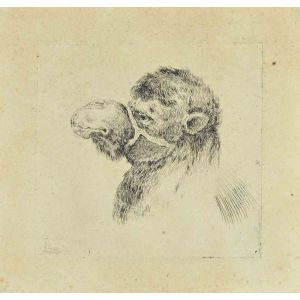


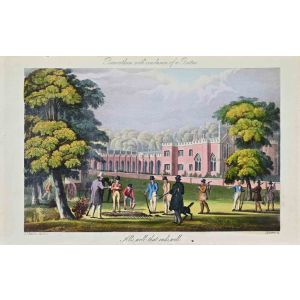



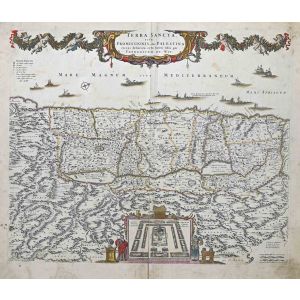

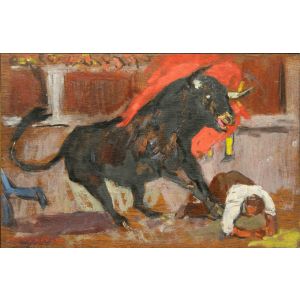

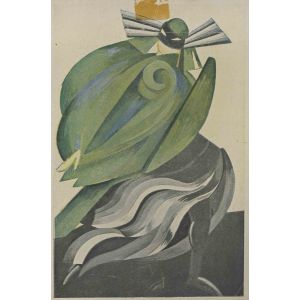
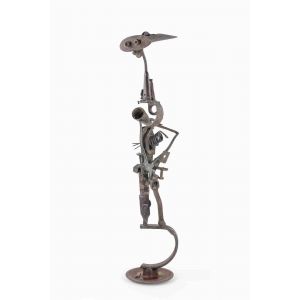
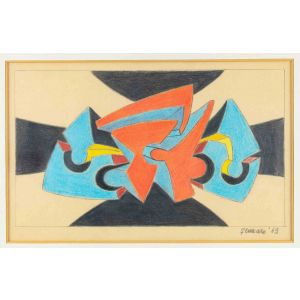

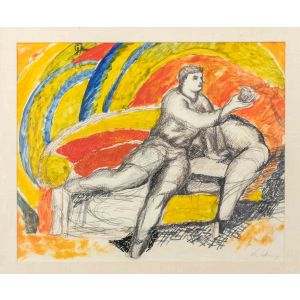

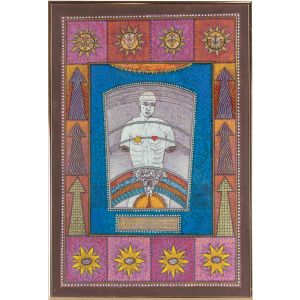









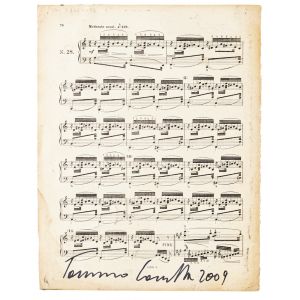












Validate your login
Sign In
Create New Account